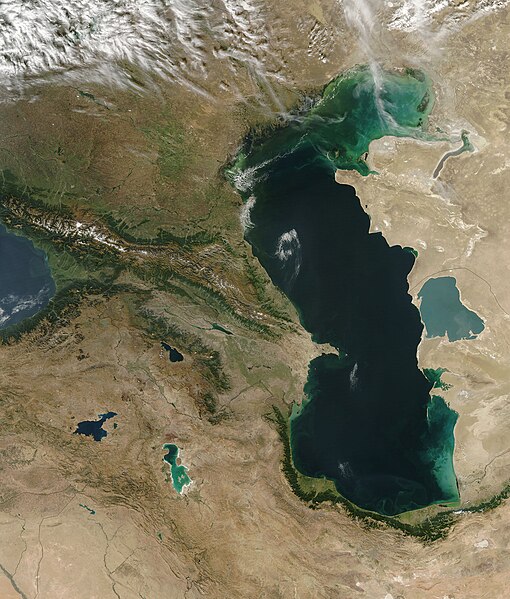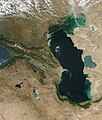Պատկեր:Satellite image of the Caucasus-Caspian Region.jpg

Նախադիտման չափ՝ 510 × 599 պիքսել։ Այլ թույլտվությաններ: 204 × 240 պիքսել | 409 × 480 պիքսել | 654 × 768 պիքսել | 872 × 1024 պիքսել | 1703 × 2000 պիքսել.
Սկզբնական նիշք (1703 × 2000 փիքսել, նիշքի չափը՝ 1,29 ՄԲ, MIME-տեսակը՝ image/jpeg)
Նիշքի պատմություն
Մատնահարեք օրվան/ժամին՝ նիշքի այդ պահին տեսքը դիտելու համար։
| Օր/Ժամ | Մանրապատկեր | Օբյեկտի չափը | Մասնակից | Մեկնաբանություն | |
|---|---|---|---|---|---|
| ընթացիկ | 05:44, 26 Հոկտեմբերի 2005 |  | 1703 × 2000 (1,29 ՄԲ) | Brian0918 | Caspian Sea and Georgia Sometimes referred to as the Caucasus Isthmus, the Caucasus-Caspian Region is a mixing-pot for scores of cultures. Due in part to its geographic isolation and having been in the path of numerous Eurasian migrations over the cent |
Նիշքի օգտագործում
Այս նիշքին օգտագործող էջեր չկան։
Նիշքի համընդհանուր օգտագործում
Հետևյալ այլ վիքիները օգտագործում են այս նիշքը՝
- Օգտագործումը ar.wikipedia.org կայքում
- Օգտագործումը ast.wikipedia.org կայքում
- Օգտագործումը bg.wikipedia.org կայքում
- Օգտագործումը en.wikipedia.org կայքում
- Օգտագործումը fr.wikipedia.org կայքում
- Օգտագործումը fr.wiktionary.org կայքում
- Օգտագործումը gcr.wikipedia.org կայքում
- Օգտագործումը ky.wikipedia.org կայքում
- Օգտագործումը mg.wikipedia.org կայքում
- Օգտագործումը nn.wikipedia.org կայքում
- Օգտագործումը no.wikipedia.org կայքում
- Օգտագործումը oc.wikipedia.org կայքում
- Օգտագործումը pt.wikibooks.org կայքում
- Օգտագործումը sq.wikipedia.org կայքում

